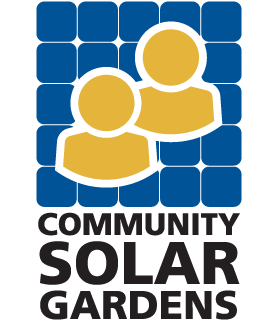More than 80 people gathered in Minneapolis last month for the last of four regional workshops on community solar sponsored by the Department of Energy’s National Community Solar Partnership.
A major thrust of DOE’s outreach efforts is to engage solar developers, clean energy advocates and policymakers on community solar issues, while also providing a forum for developers to share best practices and strategies for bringing solar to millions of Americans who lack the ability or means to install systems on their own rooftops.
Among the core demographic groups embracing community solar, officials said, are urbanites, middle- and low-income residents who rent rather than own their rooftops, and millennials, who have a personal interest in technologies and market structures that advance the clean energy economy. In the Midwest, the candidate pool for community solar also includes farmers, rural municipalities and electric cooperative members who see solar as a cost-competitive and cleaner alternative to traditional power fuels like coal and natural gas. The trend is particularly strong in Minnesota, which for decades has embraced alternative energy as a public priority.
Trevor Drake, a project manager and co-director of the Metro Clean Energy Resource Team at the Great Plains Institute, said that while much attention has focused on Xcel’s community solar program in Minnesota, the interest in distributed solar now extends across multiple utilities and multiple states. “Minnesota is now seen as a leader in community solar in the Midwest, and it is,” Drake said. “But there are also lots of projects and programs popping up in other states,” notably Iowa, Wisconsin, Illinois, Indiana and Michigan. And even in states without policy directives, some electricity providers and consumers are realizing the economic and environmental benefits of solar on their own. “What I’m really excited about is these community solar gardens have changed the broader conversation around energy usage,” Drake said. “There’s something transformative about community solar that’s been happening.”
To learn more about the event, click here to see an article from Midwest Energy News. You can also click here to see Federal resources for community solar compiled by the National Community Solar Partnership.



